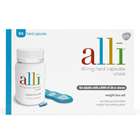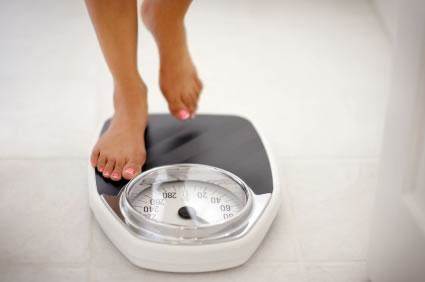
Alli diet pills are a version of the weight-loss treatment Xenical (also known as Orlistat) that you can now buy from pharmacies without a doctor's prescription. Because Alli is a licensed and clinically validated pharmacy treatment that you can buy over the counter, it is unlike any other weight loss treatment that has previously been available in the UK.
Alli offers a fresh approach to long term, sustainable weight loss and it is not based on deprivation or starvation. When combined with a healthy diet and exercise, it is possible lose 1lb with Alli for every 2lbs you lose by yourself.
If you are over 18 years old and have a BMI over 28, then Alli is suitable for you!





